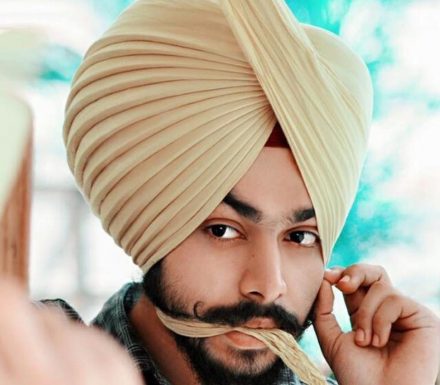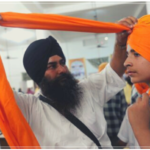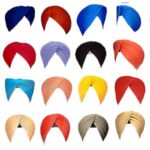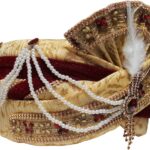People from many cultures and religions wear turbans as a chunk of everyday attire, and turbans are often connected with followers of a Sikh religion. Turbans could also be utilized to keep the hair and head protected from sun, or even as a fashion statement. After tying the hair into the top knot to keep it neatly tucked away and to serve the turban something to wrap around, all you require is the righteous cloth and a tiny bit of practice and you could become the expert at turban tying.
Selecting a polyester or square cotton cloth designed to be a patka. A Sikh patka is considered a turban for kids, but it could work well to secure the hair and offer a surface for the full pagh turban to fit on smoothly. Patkas could also be worn as turbans for the sports. Most patka clothes are made of light cotton, but you could also explore polyester sport patkas that are sweat-wicking. Patka cloths are square and have strings connected to each of four corners. This is the way how to tie turbans
Tie the strings hanging from the other corners around the top knot. Taking one of the remaining back corners and winding it around the base of the top knot until you only have a tiny bit of string loose. Repeating with the other back corner. Once both back corners have been wrapped around the top knot, securing the patka by tying them together. If you do not have a top knot, wrap the remaining length of the patka around the head and tuck it into the back knot.
Stretching the cloth diagonally and folding the corners into the center. Folding the turban material is also signified as making the pooni, and supporting the turban stay secure and neat. Tie one corner of the cloth to a solid structure or have someone holding it to stretch it out diagonally. Holding the opposite corner tuck and taut the last 2 corners into the cloth mid so they won’t unfolded while you are wrapping the turban.

Wrapping one pooni end around the angle head. Anchor the pooni in the mouth to keep the fabric neat way folded together and leave both the hands freed to wrap the turban. Winding the pooni up the head back and around the front of the top knot. Bringing the cloth down the top knot to the other side and to the head back again, completing one loop around the head. Smoothe any wrinkles or folds as you go forward. This is the way to how to tie turbans.
Looping the material diagonally around the head again on the other side. Bringing the fabric around the head, going up and around the top knot. Adjusting the material so that it is even on both head sides. Make certain you don’t pull the turban sides down to lower over the eyebrows or ears.
Wrapping the rest of the cloth around the head in astonished layers. Continue wrapping the pooni around the head in the similar fashion as the first 2 layers, but with slightly changed to the angle every time so the layers overlapping to form a stair-step, staggered effect. Covering the rest of the head, left the hair knot exposed. If you don’t have a hair bun, leave a tiny opening at the turban top. This is the way how to tie pagg.
Tuck in both cloth ends to complete the turban. When you have finished wrapping the cloth around the head, tucking the cloth ends into the top folds of the turban. Smoothened out the cloth so there aren’t any wrinkles and the folds are pretty much uniform.
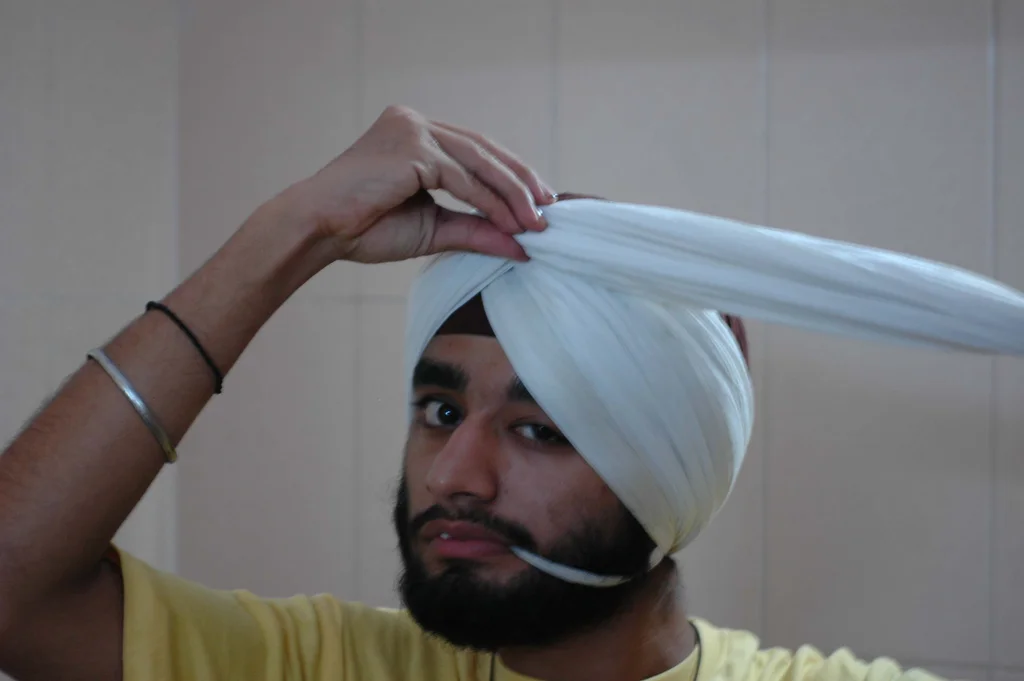
Winding a keski cloth around the top of the head to develop a base. A keski is a miniature turban that wraps around the head top to develop a base structure for tower dumala turban (sometimes signify a fortress turban). Hold one edge of the head keski, start to wind the rest of the cloth around the head top in an even circle. If you have long hair, wrap the keski around the top knot. Tucking the keski end into the fabric folds. This is the way how to tie pagg.
Anchor the material edge in the mouth before wind it. Dumalla turbans are wound using very long cloth, typically 10 metres or more. In order to wrap all the fabric tight and kept the dumalla from collapsing, you wanted to anchor one cloth end. This manner, you would have both of the hands accessible to support wind the turban tight way and getting it into the righteous shape.
Once the end of the turban is anchored, apply both hands to wind the cloth tight way around the head. When you bring the turban to the forehead, angle it slightly so that the higher point is in the forehead center.
